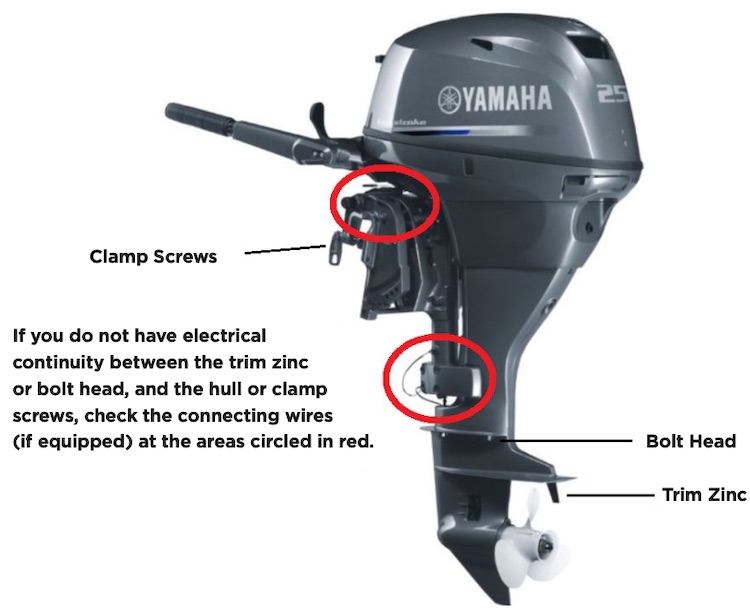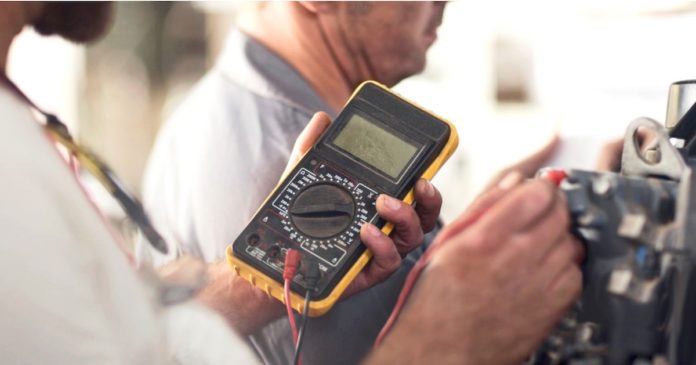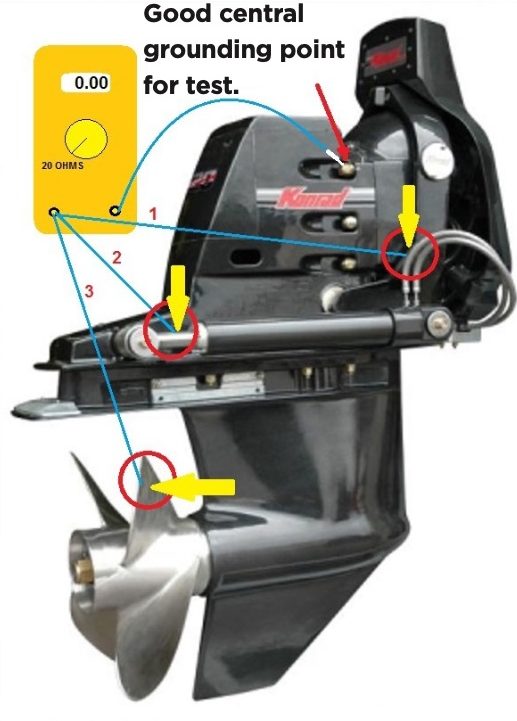The Science Of Fishing
This article is based on my experience as a career commercial fisherman, as well as the journey that I am still on developing my line of voltage-tuned lures. Some of the information will be very different from what you think that you know, but I have questioned every concept and have devised conclusive tests that left absolutely no doubt in my mind as to their validity. I will try to limit the technical jargon and keep to layman’s terms as much as possible as I explain how voltage affects fish, how to recognize issues with your boat and, more importantly, how to fix them. Anyone wanting more detailed info is more than welcome to contact me.
Let’s start with the latest results of an ongoing study about the effects on fish when a boat has a neutral, a negative, or a positive voltage signature. For this, I am using my 14′ Lund with an 8 hp Yamaha, and am targeting mainly cutthroat trout on several lakes. These fish have virtually an identical reaction to voltage fields as do Chinook salmon, and seeing as I am only recording fish strikes, lake fishing will give less false data than might come from things like jellyfish or shark encounters.
My tackle setup is with plain, identical sets of lures with absolutely no attractants. One is trolled at 30′, and a second is trolled at 100′ behind the boat. To keep things equal, the lure positions are alternated after 1 or 2 strikes. Here are the results to date:
Boat with neutral signature: 50/50 within 1 strike
Boat with negative (repelling) signature: 72% of the fish strike the 100-ft lure
Boat with positive (attracting) signature: 75% of the fish strike the 30-ft lure
I started this test out of desire to figure out why some boats are “fishy” and some aren’t, but also because I was getting mixed reviews from anglers who were using my tuned lures. Most would have excellent results, while the occasional one did not seem to find any improvement in their catch rates. Through many conversations and a great deal of analysis, I have figured out why. I concluded that if a boat had a strong positive signature, the area was saturated with the positive field, and my tuned lures were less effective. If the boat had a strong negative signature, the repelling factor was too strong for my lure voltages to overcome. The boats with “middle of the road” signatures had mostly excellent results with my lures. To date, most fresh and saltwater fish species seem to be receptive to voltage fields, but not all boats, and not on all waters. Above all, listen to the fish.
Before we get to the “how and why,” I have to talk about boat bonding. Without this, you may be fighting a losing battle. A lot of boats need nothing done beyond some basic testing, just for confirmation. A meter and the ability to use one really helps. To achieve a good bonding system, you should interconnect absolutely every scrap of exposed underwater metal. This includes all sections of outboard or i/o legs, aluminum hull, trim tabs, metal bow protectors, metal through-hull fittings, pods and kicker brackets, etc. Even stainless transducer brackets can increase your hull voltage when connected. Every piece of underwater metal will have its own signature. I can’t stress the importance of this enough.
Bond Your Motors

Your boat should have a single signature. I helped a Georgian Bay chap who had a 30-ft fibreglass boat. His multiple signatures were mixed and negatively powerful, such that he simply could not catch fish—I mean zero, even when using voltage-tuned lures. A few wires and properly included anodes, and now he has a boat with a single signature and is catching fish.
Testing Points
When checking boat bonding, I prefer to use the 20-ohm setting, just to save confusion. Here is a sample picture of testing a stern drive. The ground used here is a good one, as the stainless bolt or nut should be connected all the way through to the battery ground (bonding system). Tilt rams can be a problem spot, and watch for vulcanized rubber propeller hubs, as they will isolate the prop, making it difficult to include it into the bonding system.
If you have an aluminum boat, make sure the outboard is electrically connected to the hull, whether it is painted or not.
Outboard Wires

Where possible, connect or interconnect all metals to the engine block, aluminum hull, or battery ground with 10- or 12-gauge wire (using solder connectors if possible), and maintain clean, solid connections.








I have afiberglass boat. Just checked the connections at a x10 , got about 300 Ohms between the kicker and the main engine, and about 60 Ohms between the immersed portion of the main motor and a ground on the main motor. Is that good? Any suggestions?
I am very interested to see how aluminum anodes would affect this equation. Have you done that testing? If so, have you published it anywhere?